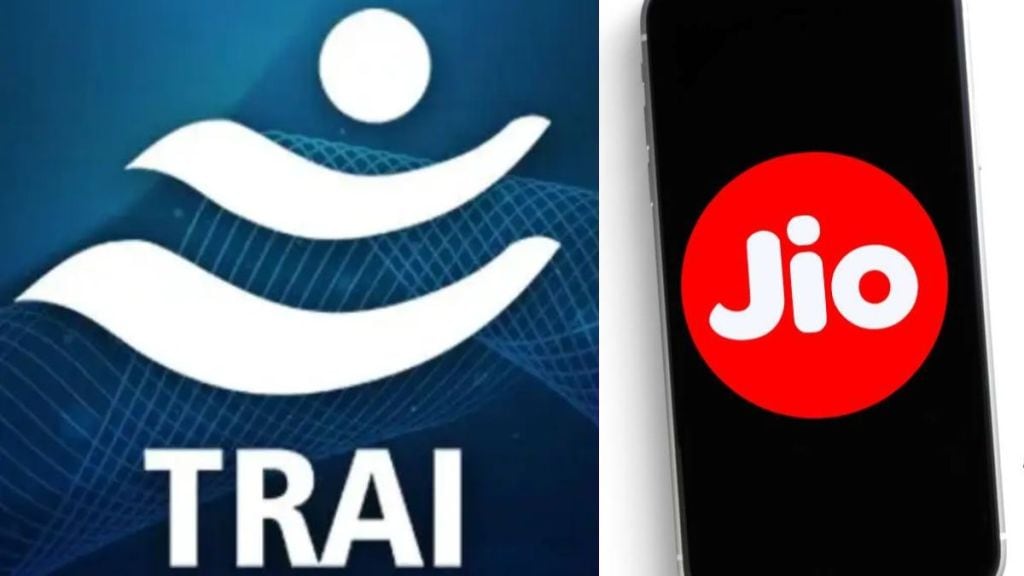Reliance Jio has urged the Telecom Regulatory Authority of India (Trai) to consider a more flexible interpretation of net neutrality norms to enable differentiated services using standalone 5G (5G SA) technology. The company has said that 5G SA brings capabilities that were not envisaged when the net neutrality framework was framed, and that consumers should be allowed to benefit from new offerings such as guaranteed upload speeds or ultra-low latency gaming experiences through network slicing.
Currently, net neutrality ensures that all Internet traffic is treated equally. Telecom operators cannot block, throttle, prioritise, or charge differently for access to specific websites, apps, or services. These rules were framed in 2016, following widespread opposition to initiatives such as Facebook’s Free Basics and Airtel Zero, which were viewed as creating preferential access and undermining a level playing field on the Internet.
However, the arrival of 5G SA has changed the technological context. Unlike earlier generations of telecom networks, 5G SA allows the creation of multiple virtual networks (or slices) on the same physical infrastructure. Each slice can be customised for different use cases. For example, one slice can deliver ultra-reliable low-latency communication needed for remote robotic surgeries or autonomous vehicles, while another can be optimised to provide consistently high bandwidth for enterprise cloud applications or interactive entertainment.
Jio has communicated to Trai that the regulatory framework should evolve to recognise this capability as a legitimate innovation rather than as discriminatory treatment. The company has argued that network slicing enables differentiated quality of service without altering access to any content and without degrading the experience of other users. In other words, the principle of non-discrimination need not prevent specialised services from being offered, so long as basic Internet access remains unaffected and fairly priced.
Jio’s position also draws from developments in global regulatory environments. In the US, the Federal Communications Commission (FCC) rolled back stringent net neutrality rules in 2017, allowing differentiated services under defined transparency requirements. In the UK, Ofcom has adopted a more flexible approach that permits specialised services, premium quality Internet plans, zero-rating programmes, and traffic management under clear disclosures and safeguards.
These moves reflect the recognition that digital networks are increasingly handling diverse and mission-critical applications. A rigid, one-size-fits-all neutrality framework may limit innovation, restrict monetisation pathways for operators, and slow the development of enterprise-grade and latency-sensitive services.
According to industry analysts, Trai and the department of telecommunications (DoT) have so far maintained that network slicing does not inherently violate net neutrality principles, provided that it does not result in the degradation of standard Internet services. However, the matter remains a regulatory grey zone. Operators have sought more explicit clarity before introducing commercial offerings linked to prioritised network slices.
“Given the controversy that surrounded Free Basics and Airtel Zero, operators are cautious. Jio likely wants clear regulatory assurance before launching differentiated service packages,” said an analyst.
Free Basics and Airtel Zero, introduced in 2014-15, became flashpoints in the net neutrality debate. Free Basics provided free access to a limited set of websites selected by Facebook, while Airtel Zero allowed developers to pay Airtel so that users could access their apps without incurring data charges. These offerings were seen as “walled gardens,” privileging selected apps and distorting competition.
These controversies led Trai to issue the “Prohibition of Discriminatory Tariffs for Data Services Regulations, 2016,” effectively banning zero-rating and ensuring all data is priced equally.
Jio executives told Fe that the underlying context has shifted. “At that time, speed was scarce and any preferential access could seriously tilt the balance. With 5G, speed is no longer the constraint. The approach needs to be updated,” they said.

